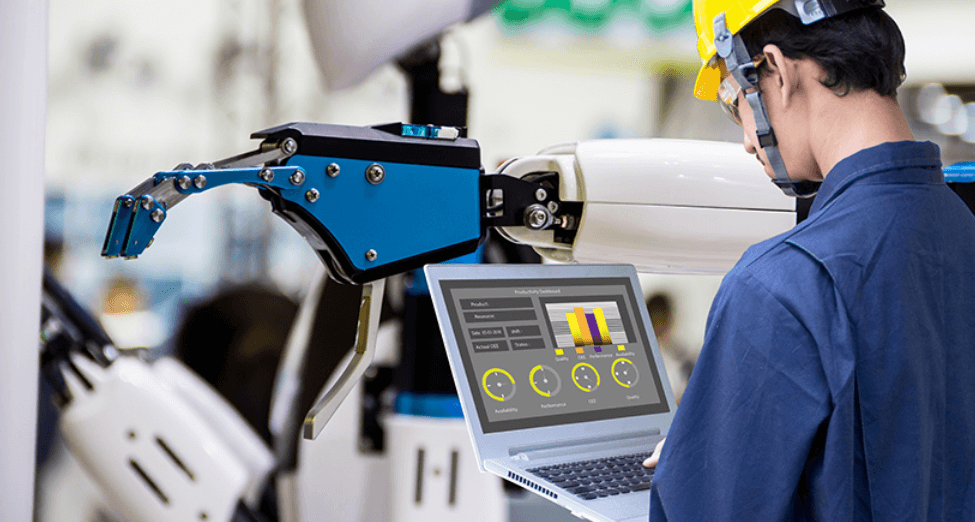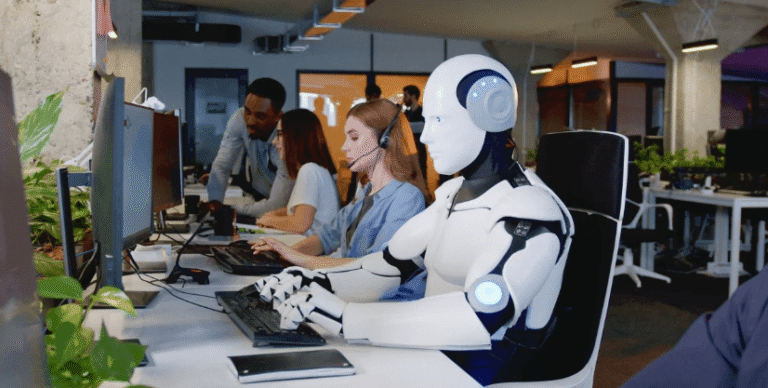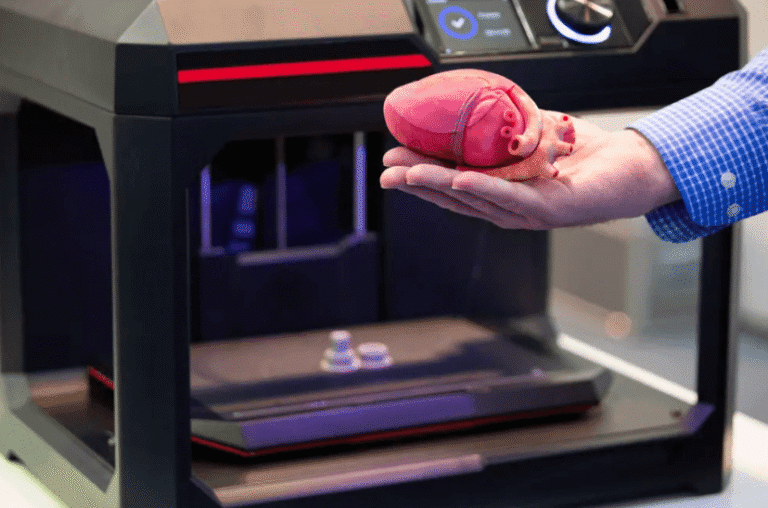The Growing Role of Automation in Manufacturing Industries
Automation is increasingly integral to manufacturing, reshaping operational efficiency and cost structures. Advanced technologies like AI and robotics enhance productivity while reducing errors. However, the transition to automated systems presents significant challenges, particularly concerning workforce adaptation. As industries evolve, the need for reskilling becomes paramount. The implications of these changes extend beyond immediate efficiency gains, prompting questions about the future landscape of manufacturing. What strategies will companies employ to navigate this transformative shift?
Benefits of Automation in Manufacturing
As manufacturing industries increasingly adopt automation technologies, they experience a multitude of benefits that enhance operational efficiency and productivity.
Key advantages include significant cost reduction through optimized resource utilization and decreased labor expenses.
Additionally, automation facilitates productivity enhancement by streamlining processes, minimizing human error, and enabling faster production cycles.
These improvements empower manufacturers to maintain competitive advantages in a rapidly evolving market landscape.
See also: The Growing Influence of AI in the Entertainment Industry
Challenges of Implementing Automation
While the advantages of automation in manufacturing are well-documented, the implementation of such technologies introduces a range of challenges that organizations must navigate.
Key issues include significant cost factors associated with initial investments and ongoing maintenance.
Furthermore, workforce displacement poses ethical and social dilemmas, as companies must address the potential impact on employees while striving to maintain operational efficiency and competitiveness.
The Future of Automation in the Manufacturing Sector
The evolution of automation in the manufacturing sector is poised to redefine operational paradigms, driven by advancements in artificial intelligence, machine learning, and robotics.
Smart factories will emerge as key components, integrating advanced technologies to enhance efficiency.
Concurrently, workforce adaptation will become essential, necessitating reskilling and upskilling initiatives to ensure that human capital aligns with the evolving technological landscape.
Conclusion
In an era where robots may soon outnumber humans on the factory floor, the automation revolution promises to transform manufacturing into a sleek, error-free utopia—provided we can teach the workforce to play nice with their mechanical overlords. As firms navigate the delicate dance of reskilling, one can only hope that the robots don’t develop a taste for human coffee breaks. Ultimately, embracing automation is not just about efficiency; it’s about ensuring humans remain relevant in a world that increasingly resembles a sci-fi novel.





